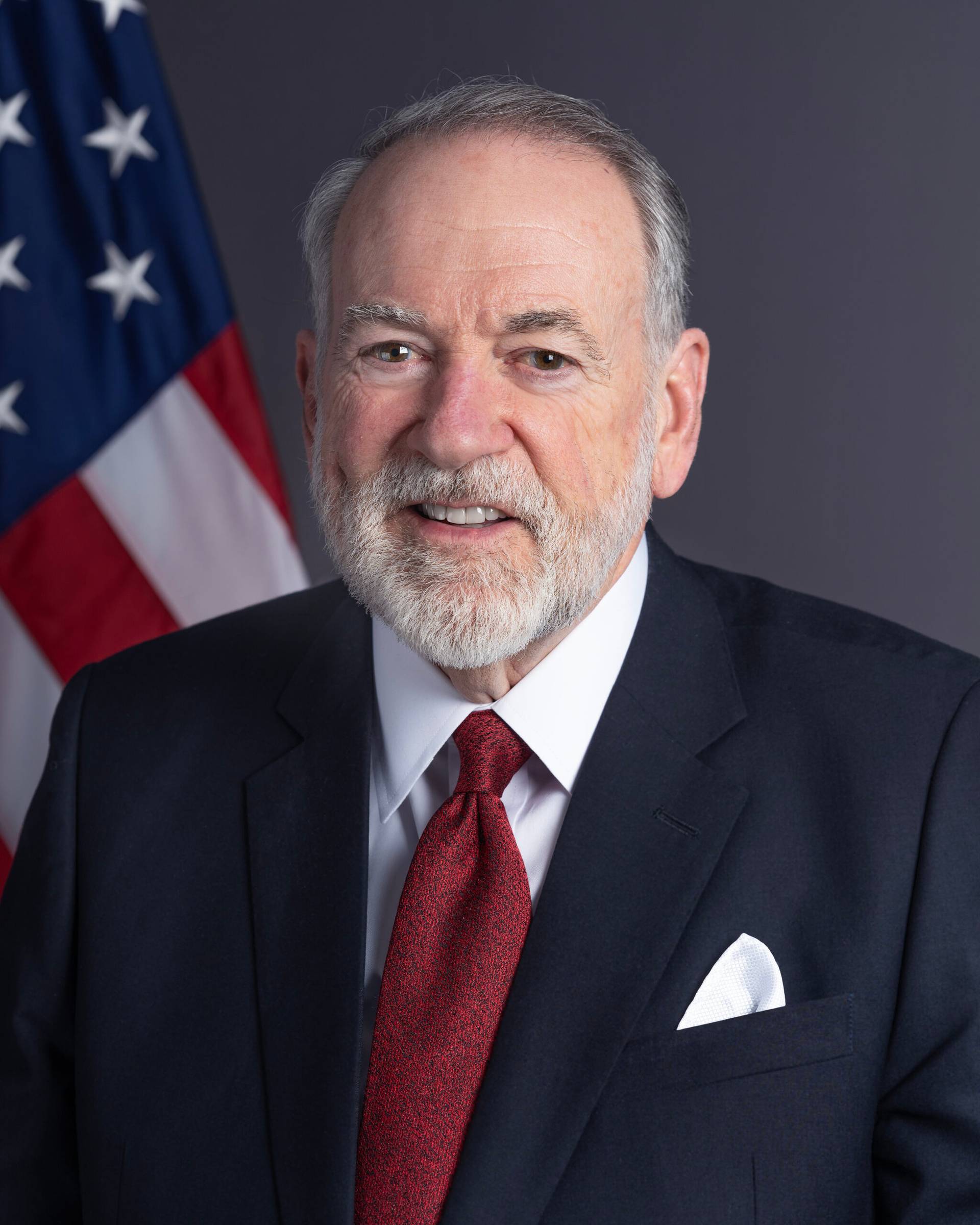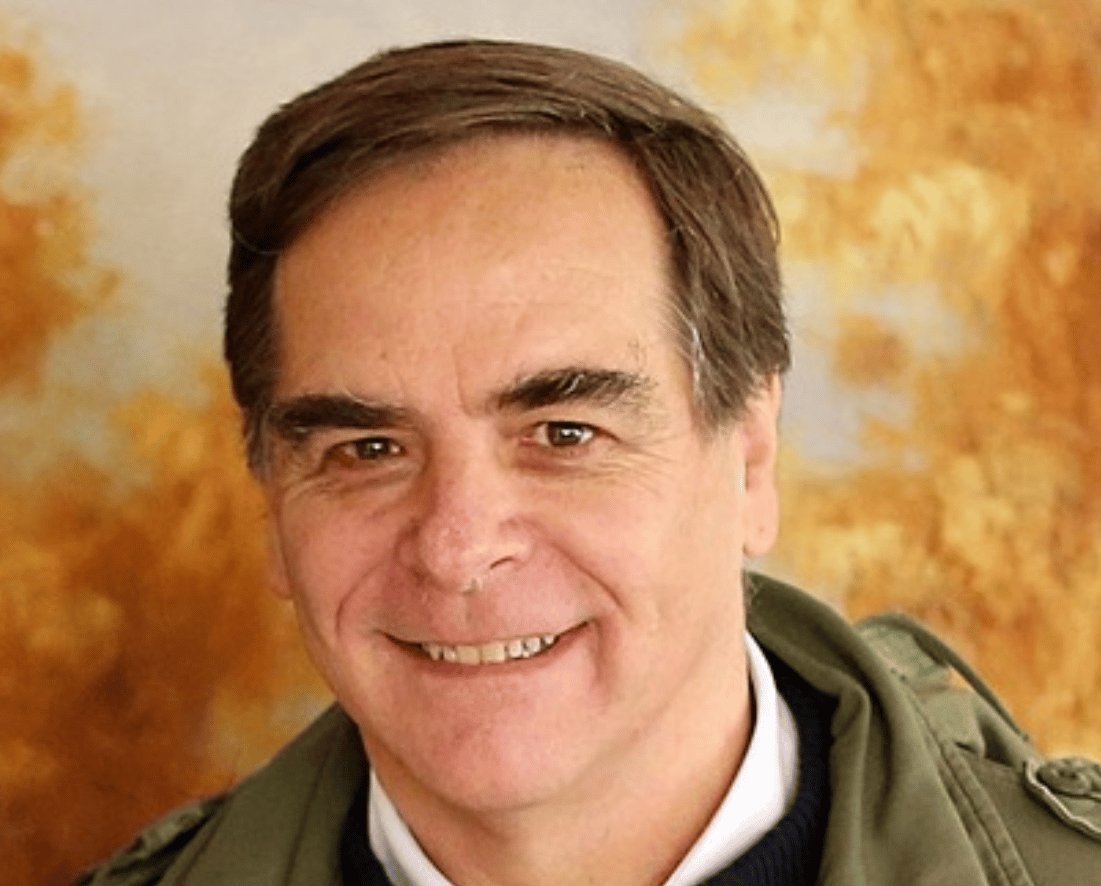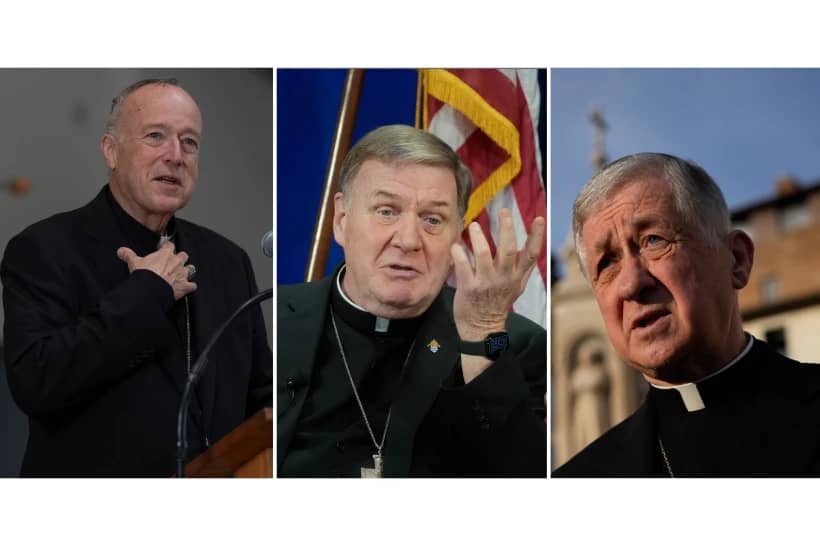Last week the Archbishop of Canterbury, Justin Welby, attended Vespers with Pope Francis at the church of Saint Gregory in Rome. It’s where Canterbury and Rome meet: the church marks the spot of Pope Saint Gregory’s monastery, from where he sent Saint Augustine to evangelize the English in the sixth century.
The union between Rome and Canterbury was broken about a thousand years later, when King Henry VIII declared himself the head of the Catholic Church in England. Last week’s Vespers in Rome marked 50 years since Archbishop Michael Ramsey’s historic meeting with Pope Paul VI in 1966.
That meeting opened the way to the establishment in 1969 of the Anglican Roman Catholic International Commission (ARCIC) which pursues theological rapprochement between the two churches. Despite the Anglicans imposing “grave obstacles to unity” such as women priests and same-sex marriage, the polite discussions continue, interspersed with formal meetings between popes and archbishops and the occasional non-Eucharistic worship services.
Ecumenical discussions among theologians have value, but the path to formal unity seems impossible. To be frank, the majority of Anglicans have no wish to be Catholic. Evangelical Anglicans maintain stark and intransigent theological disagreements with Catholicism. Progressive Anglicans abhor the Catholic church’s refusal to ordain women and believe Catholic teaching on human sexuality to be repressive and regressive.
Yet Pope Benedict XVI’s establishment of the Ordinariate has shown that genuine ecumenical success is possible. Derided by progressive Catholics and despised by the Anglican hierarchy, the Ordinariate provides a structure for those Anglicans who wish to be in full communion with the Catholic Church to maintain not only their distinctive styles of worship and devotion, but also to have their own hierarchy, clergy, parishes, seminaries and religious orders.
One of the forerunners of the Ordinariate is the remarkable parish of Our Lady of the Atonement in San Antonio, Texas.
As a young Anglican seminarian, Christopher Phillips trained for the ministry at Salisbury in England. On his return to the United States he and his wife Joanne, living at that time in Rhode Island, felt the call to be received into full communion with the Catholic Church.
It was 1981 and Pope John Paul II had just given permission for married Anglican priests who become Catholic to be granted a dispensation from the vow of celibacy, thereby allowing them to be ordained as Catholic priests. Permission was also granted for groups of Anglicans to set up “personal parishes” using an Anglican-style liturgy under the supervision of their Catholic bishop.
At the same time Christopher and Joanne were discerning the way forward, a small group of Episcopalians in San Antonio had decided to leave the Episcopal church and seek re-union with Rome. They asked Christopher if he would move to Texas to be their pastor.
They packed up the Volkswagen with their three children plus dog and hamster and headed to Texas. Father Phillips remembers that in the early years their small congregation could only offer them a thousand dollars a month. They began Anglican-style Catholic worship and for the first four years moved from one location to another. But soon word circulated about the young priest and his family, and like-minded former Episcopalians and traditionally minded Catholics began to join the parish.
Now, 33 years later, the parish of Our Lady of the Atonement is a model of ecumenical success. Phillips and his people purchased six acres of scrub land in northwest San Antonio. They built a beautiful church and a thriving school, the Atonement Academy, with over 500 students. The parish has now embarked on an ambitious building program. The new school will house a massive gym, as well as classrooms, fully equipped labs, theatre space and a magnificent auditorium and concert hall.
At the Atonement Academy the Anglican tradition not only survives but thrives within full communion with the Catholic Church. Anglicanism is known for its great musical tradition. The parish rescued two pipe organs and had them re-furbished and fitted, and a third will be installed in the new school. All the students at the school are in various choirs that sing at the daily school Mass. The students achieve top scores nationally and the Atonement Academy regularly ranks in the top ten schools in San Antonio.
Worship at Our Lady of the Atonement is unapologetically traditional without being traditionalist. The high-church Anglican liturgy is celebrated with solemnity, grace and beauty, but the parish is happily free of the right-wing extremism and apocalyptic conspiracy theories too often associated with the Catholic traditionalist movement.
While formal talks between Anglican and Catholic theologians continue, individual Anglicans are taking action. One former Anglican priest I know puts it this way: “As an Anglican I asked myself what I could do to further unity between the Anglican and Catholic churches. I decided the only thing that I could do was to be received into full communion with the Catholic Church.”
Phillips made the same decision and the parish of Our Lady of the Atonement is a witness to his faith, courage and perseverance. It is also a witness to the fact that church unity can be attained—one person and one parish at a time.















